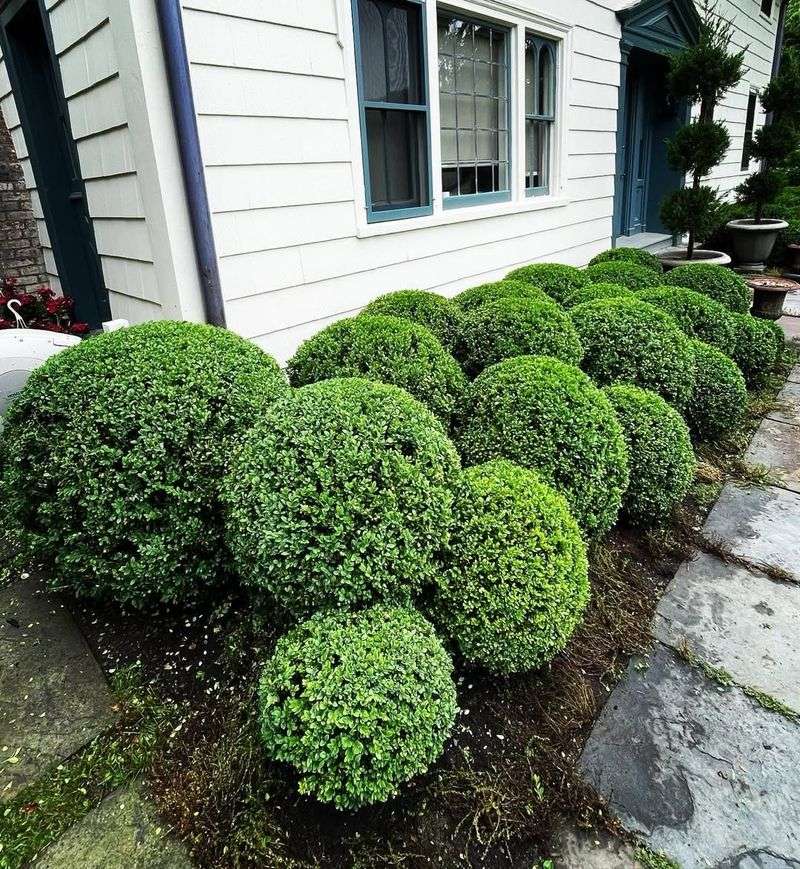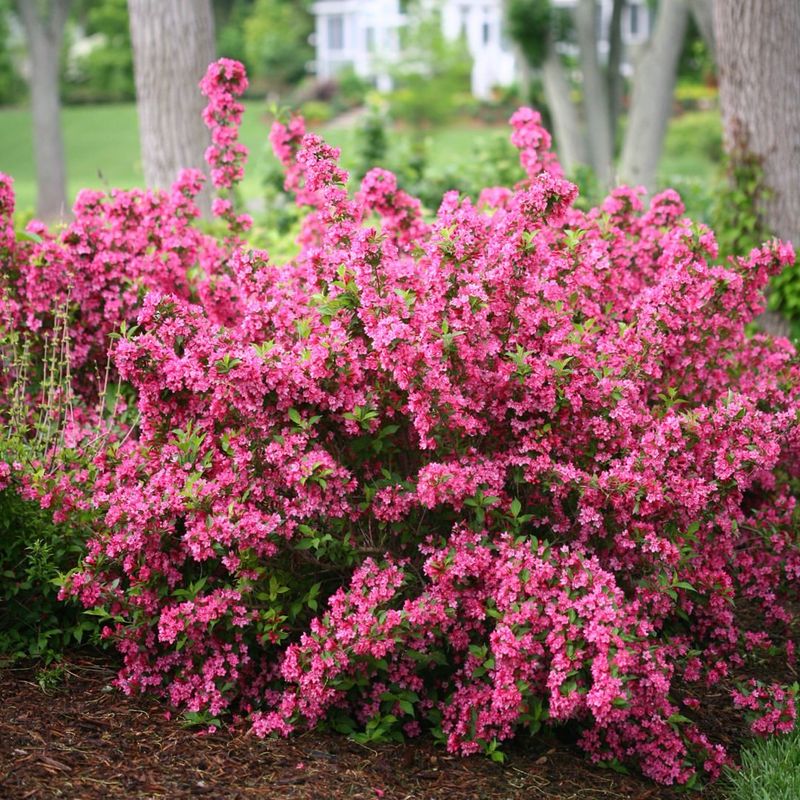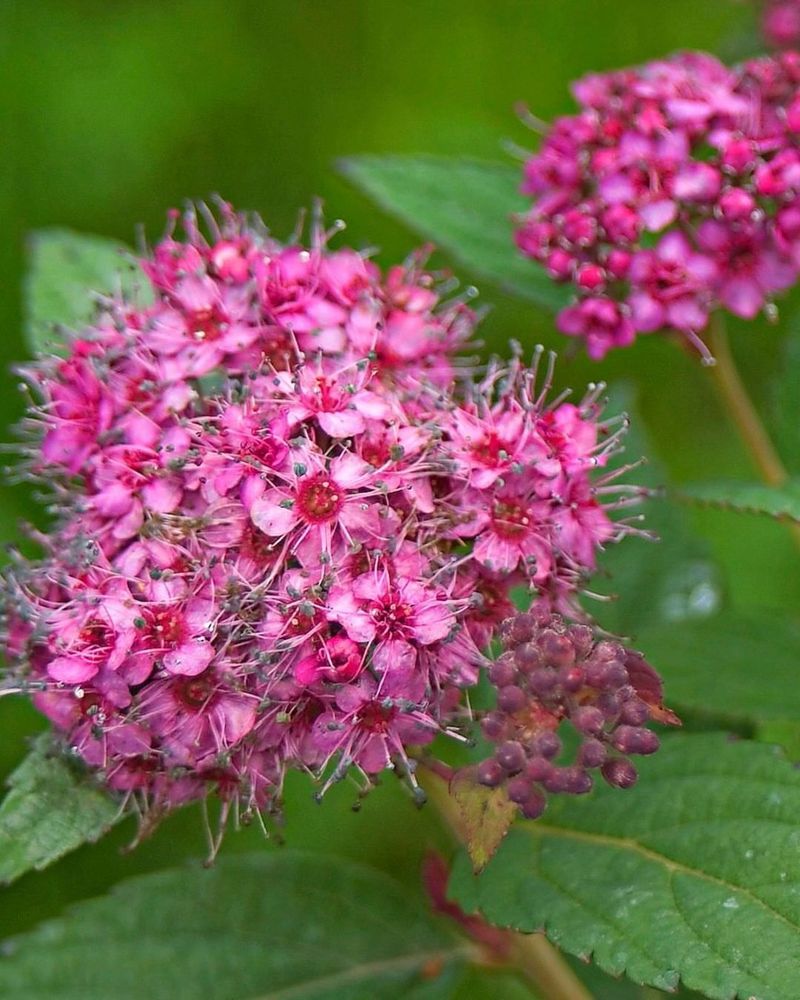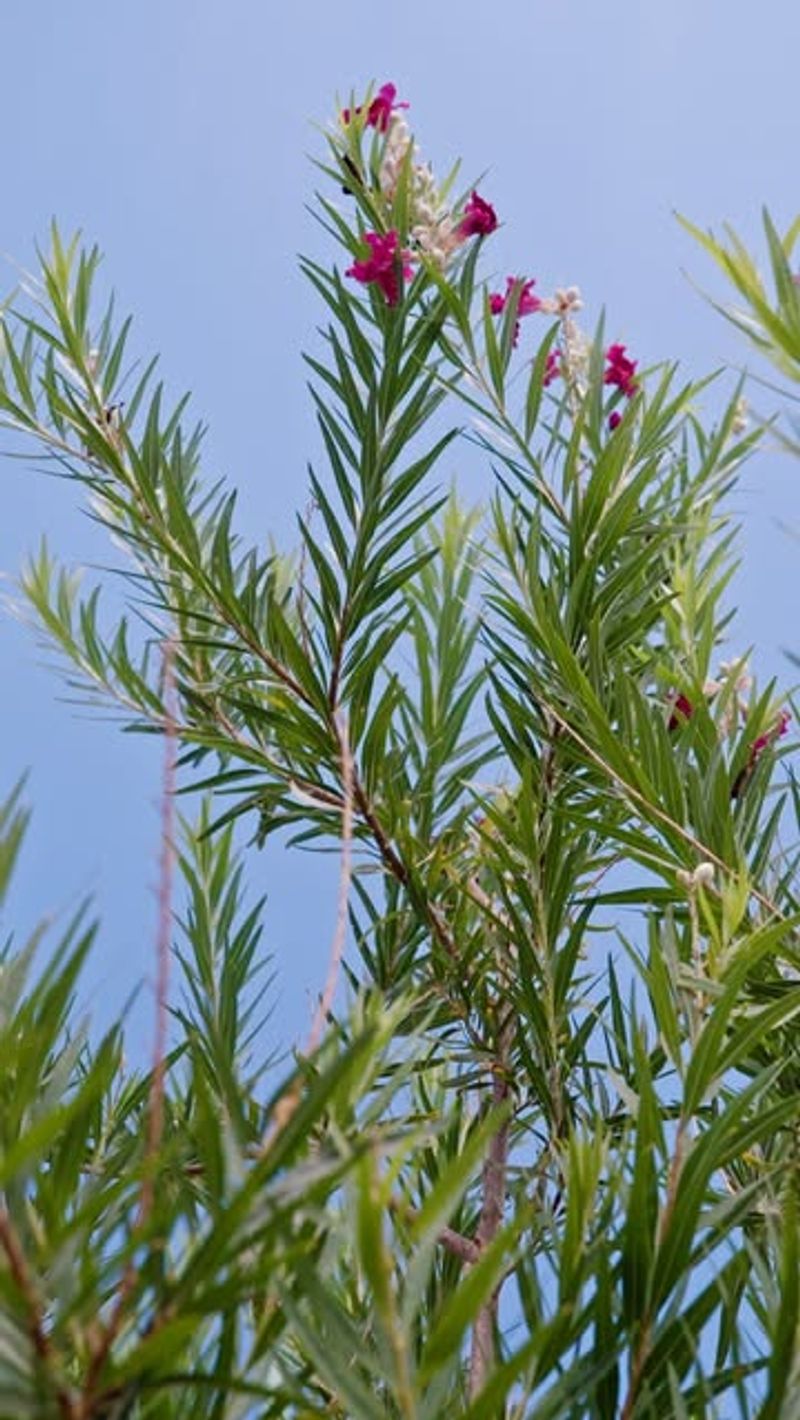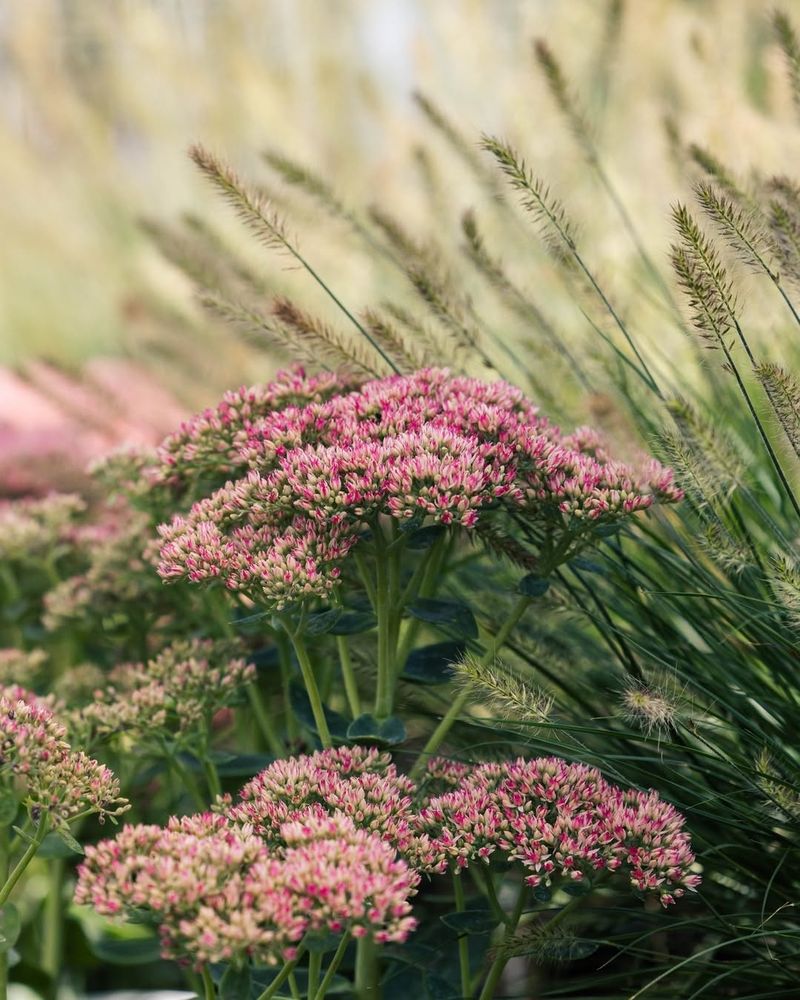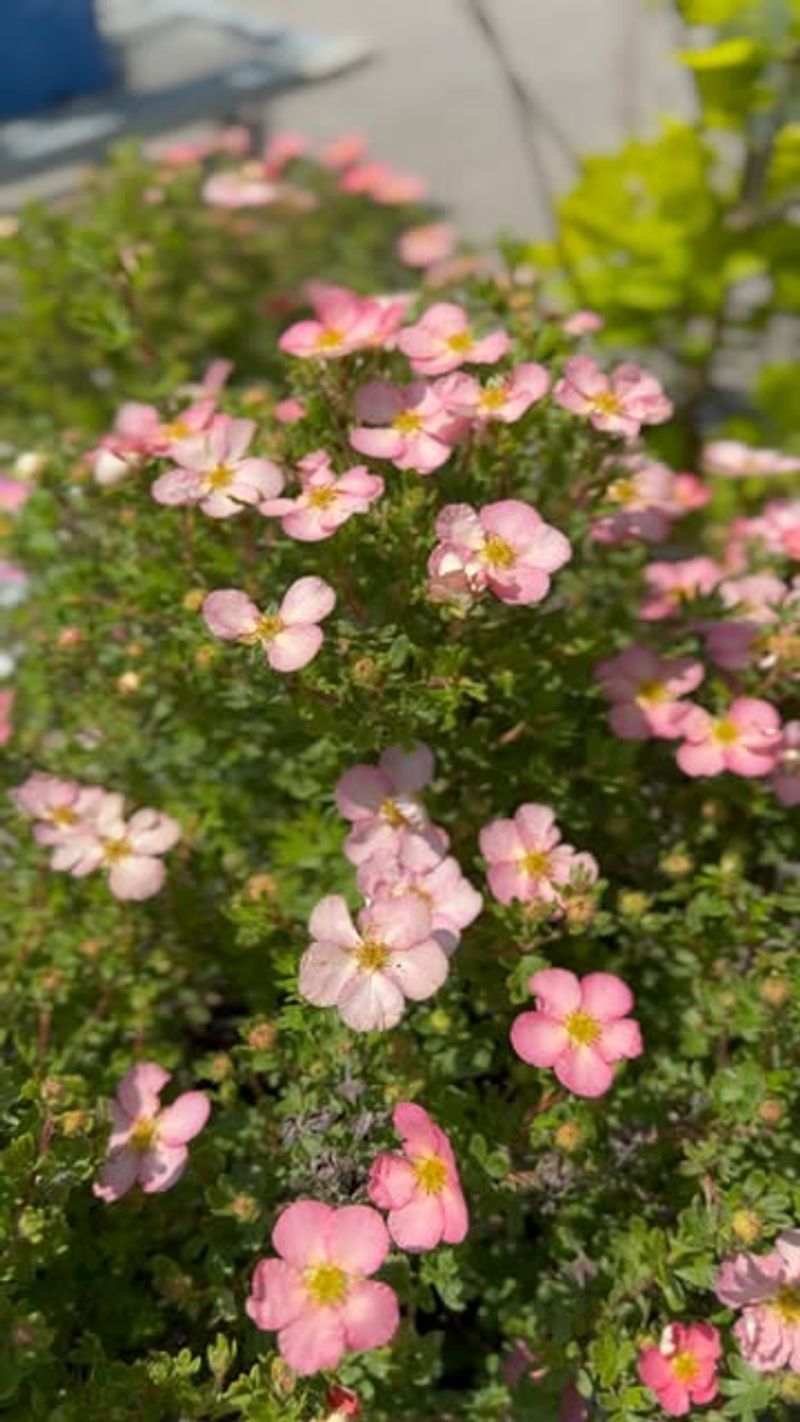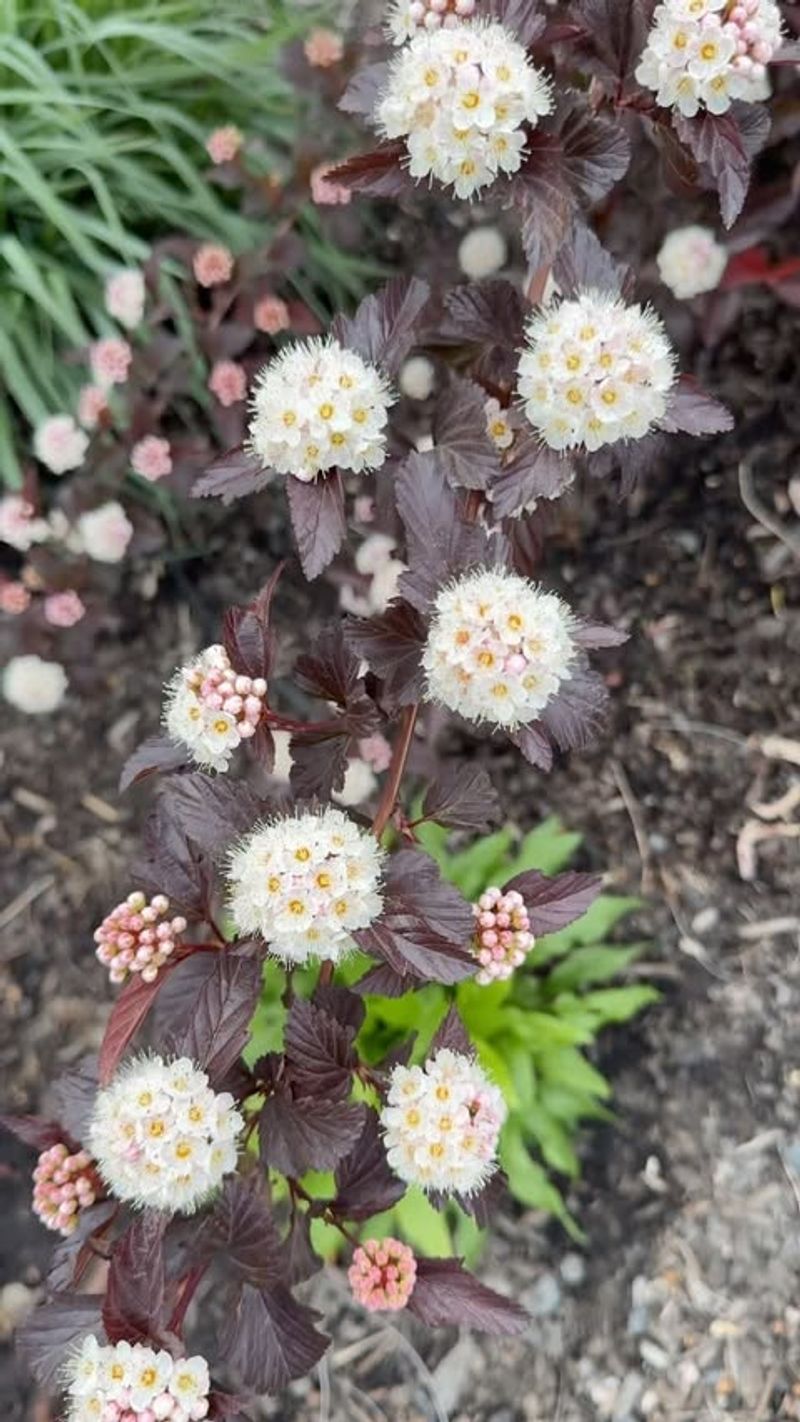Michigan gardeners still have time to multiply their favorite plants before winter settles in. I’ve taken fall cuttings many times, and it feels like getting free plants.
With the right timing, these varieties root easily. Starting now gives you a head start for spring growth.
1. Forsythia
Forsythia bursts into brilliant yellow blooms each spring, signaling winter’s end across Michigan yards. Late summer and early fall offer ideal conditions for snipping six-inch sections from healthy branches.
Simply stick these cuttings into moist soil or sand, keeping them damp through autumn. By next spring, you’ll have rooted plants ready to create a living fence or fill bare spots.
Michigan gardeners love forsythia because it tolerates cold winters and asks for very little care once established.
2. Hydrangea
Those big, showy flower clusters make hydrangeas a Michigan favorite, and propagating them from cuttings is surprisingly simple. Cut five to six-inch stems from new growth in late summer, removing lower leaves and any flower buds.
Dip the cut end in rooting hormone, then plant in a pot with good drainage. Keep the soil consistently moist and place in indirect light.
Michigan’s humid summers help cuttings root quickly, giving you beautiful blooms for years ahead.
3. Boxwood
Boxwood’s evergreen foliage adds year-round structure to Michigan landscapes, making it worth multiplying through cuttings. Snip four to six-inch pieces from semi-hardwood growth in late summer or early fall.
Strip leaves from the bottom half and insert into well-draining potting mix. Covering with plastic creates a mini greenhouse effect that speeds rooting.
Patience pays off with boxwood since cuttings take several weeks to develop roots, but Michigan gardeners appreciate having extra plants for borders.
4. Weigela
Weigela’s trumpet-shaped flowers attract hummingbirds throughout Michigan each summer, and propagating this beauty is easier than most folks think. Take softwood cuttings in early summer or hardwood cuttings in fall, choosing healthy stems about six inches long.
Remove lower leaves and plant in moist potting soil. Within weeks, roots form and you’ll have new plants.
Michigan’s climate suits weigela perfectly, and having extras means more flowers to enjoy without breaking your budget.
5. Spirea
Spirea produces clouds of delicate flowers that Michigan gardeners adore, and it roots from cuttings with remarkable success. Cut six-inch sections from current season’s growth in late summer, selecting stems that bend but don’t break.
Plant immediately in moist soil or potting mix, keeping them watered through fall. Roots develop before winter arrives in Michigan.
Come spring, you’ll have vigorous young plants ready to transplant, creating beautiful borders or filling garden gaps effortlessly.
6. Butterfly Bush
Did you know butterfly bushes can grow three feet in a single Michigan growing season? That vigorous growth makes them perfect for propagation through cuttings taken in late summer.
Choose six-inch stems from new growth, strip the lower leaves, and stick them in sandy soil. Keep moist but not soggy.
Michigan’s warm autumn days give cuttings time to root before frost. Your reward is more fragrant blooms and countless butterflies dancing through your yard next summer.
7. Lavender
Lavender’s soothing fragrance and purple spikes make it a Michigan garden treasure worth multiplying before winter. Take three to four-inch cuttings from non-flowering stems in late summer or early fall.
Remove lower leaves and plant in well-draining sandy soil. Avoid overwatering, as lavender prefers drier conditions.
Michigan gardeners should choose hardy varieties that survive cold winters. Rooted cuttings give you plenty of plants for borders, and you can harvest the fragrant flowers all season long.
8. Rose
Roses have graced Michigan gardens for generations, and propagating them from cuttings keeps heirloom varieties alive. Cut six to eight-inch stems from healthy canes after flowering ends but before hard frost arrives.
Make cuts at a 45-degree angle, remove flowers and most leaves, then plant in moist soil. Some Michigan gardeners cover cuttings with jars to maintain humidity.
While not all cuttings succeed, the ones that root reward you with beautiful blooms identical to the parent plant.
9. Willow
Willows root so easily in Michigan that even beginners succeed on their first try. Simply cut twelve-inch sections from healthy branches in fall, making sure each piece includes several leaf nodes.
Push cuttings directly into moist ground or place in water until roots appear. Willows contain natural rooting hormones that help other cuttings too.
Michigan’s abundant rainfall keeps young willows thriving, and their fast growth quickly creates shade or screens for privacy along property lines or near ponds.
10. Sedum
Sedum’s thick, fleshy leaves store water like tiny reservoirs, making propagation almost foolproof for Michigan gardeners. Break off three to four-inch stems in late summer or early fall, letting cut ends dry for a day.
Plant in well-draining soil or even leave them on the ground where they’ll root themselves. Sedum tolerates Michigan’s temperature swings beautifully.
These tough plants need minimal care and provide late-season color when other flowers fade, plus pollinators absolutely adore their nectar-rich blooms.
11. Sage
Sage brings both culinary flavor and ornamental beauty to Michigan gardens, and taking cuttings ensures you’ll always have fresh herbs. Snip four-inch sections from healthy stems in late summer, choosing growth that’s not too woody.
Remove lower leaves and plant in light, sandy soil. Keep lightly moist until roots develop.
Michigan’s cooler fall weather reduces stress on cuttings. Once rooted, sage tolerates cold temperatures and provides fragrant leaves for cooking throughout the growing season ahead.
12. Potentilla
Potentilla blooms cheerfully from June through September across Michigan, and its easygoing nature extends to propagation. Take four to six-inch cuttings from semi-hardwood growth in late summer, selecting stems that are firm but not completely woody.
Plant in moist potting mix and keep in partial shade. Roots form within several weeks in Michigan’s moderate autumn climate.
These tough little shrubs handle road salt, poor soil, and neglect, making them perfect for beginners seeking low-maintenance color.
13. Ninebark
Ninebark’s peeling bark adds winter interest to Michigan landscapes, and its colorful foliage varieties make it worth propagating. Cut six-inch sections from current season’s growth in late summer or early fall.
Remove lower leaves and dip in rooting hormone before planting in moist soil. Keep cuttings protected from harsh sun.
Michigan native plant enthusiasts appreciate ninebark’s toughness and wildlife value. Rooted cuttings grow quickly, creating stunning hedges or specimen plants that thrive in local conditions without fuss.




